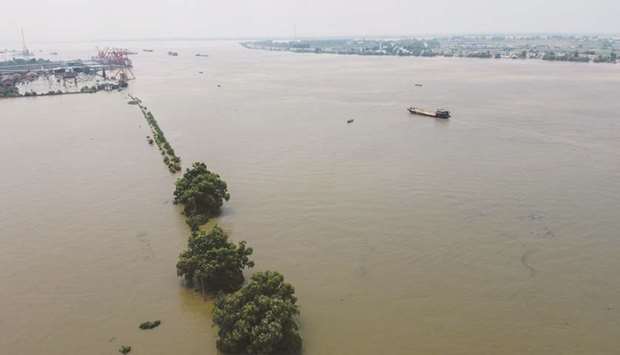Large parts of China were reeling yesterday from the worst floods in decades, as disruption mounted for supply chains, including for personal protective equipment (PPE), vital in the fight against the novel coronavirus.
The central city of Wuhan and the provinces of Anhui, Jiangxi and Zhejiang declared red alerts as heavy rain swelled rivers and lakes. Wuhan, on the banks of the Yangtze river where the novel coronavirus emerged late last year, warned residents to take precautions as water levels fast approached their maximum guaranteed safety level.
The summer rainy season brings floods to China almost every year but the impact of the disruption they cause is being felt further afield as Chinese goods become more important in global supply chains for various items, including PPE.
“It’s just creating another major roadblock here in terms of PPE getting into the United States - it is the worst of times for it to happen but that’s what we’re dealing with right now,” said Michael Einhorn, president of Dealmed, a US medical supply distributor, which sources disposable lab coats and other products from Wuhan and nearby regions.
“We cannot get product out for over a week, which is a very long time in our business,” he said, adding that the delays could last up to three weeks.
Xiantao, just west of Wuhan, is China’s biggest manufacturer of nonwoven fabrics used in PPE production.
A third of China’s total exports of nonwoven fabric products are from the city. With the relentless rain, more misery seems inevitable.
The giant Three Gorges reservoir, which has been holding back more water to try to ease downstream flood risks, is more than 10m higher than its warning level, with inflows now at more than 50,000cu m a second.
The Poyang lake in Jiangxi province, which is formed from the overspill of the Yangtze, is 2.5m higher than its warning level. It has expanded by more than 2,000sq km during thus flood season, and parts of the surrounding town have been inundated.

An aerial view shows the swollen Yangtze river in Jiujiang, in China’s central Jiangxi province yesterday.


